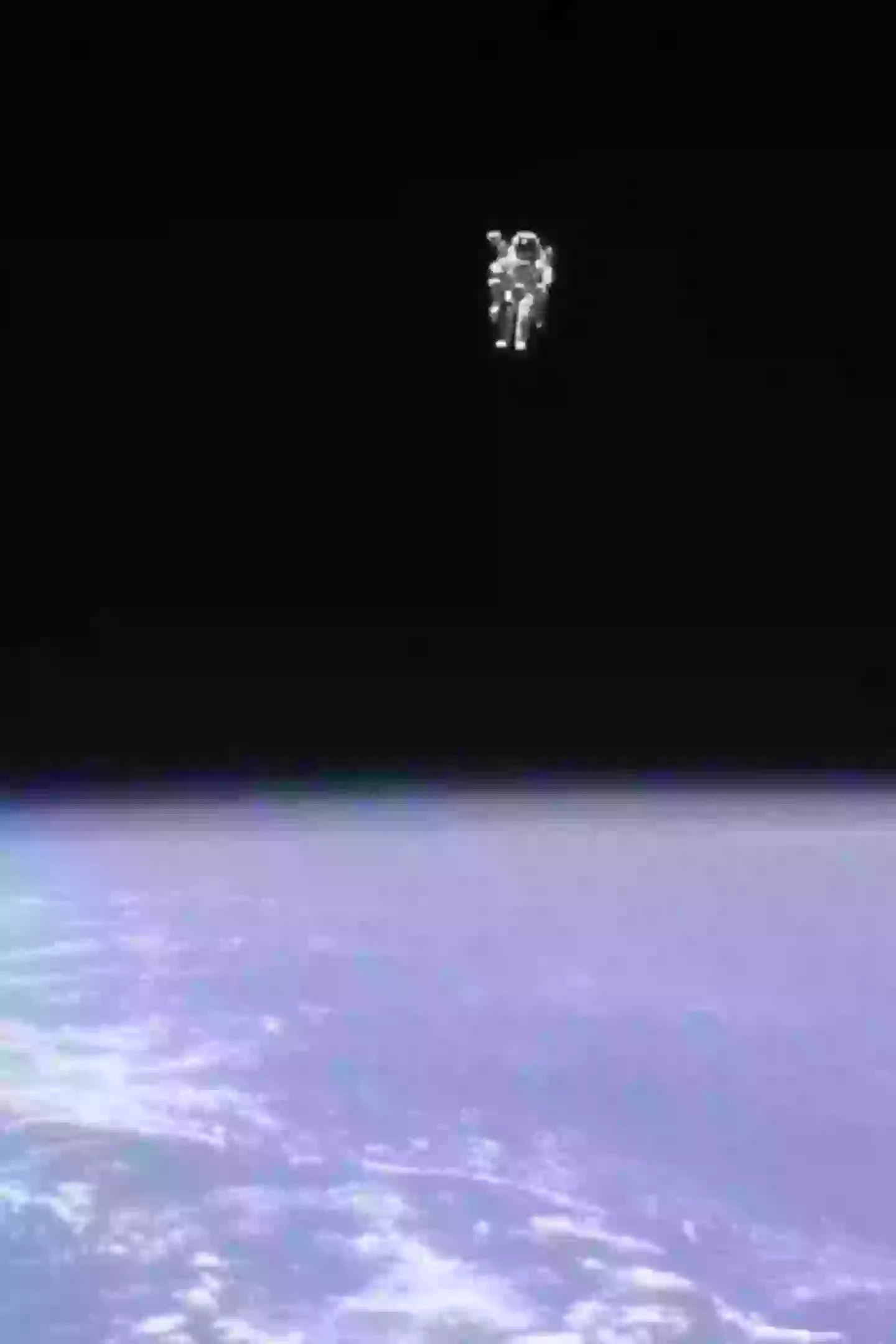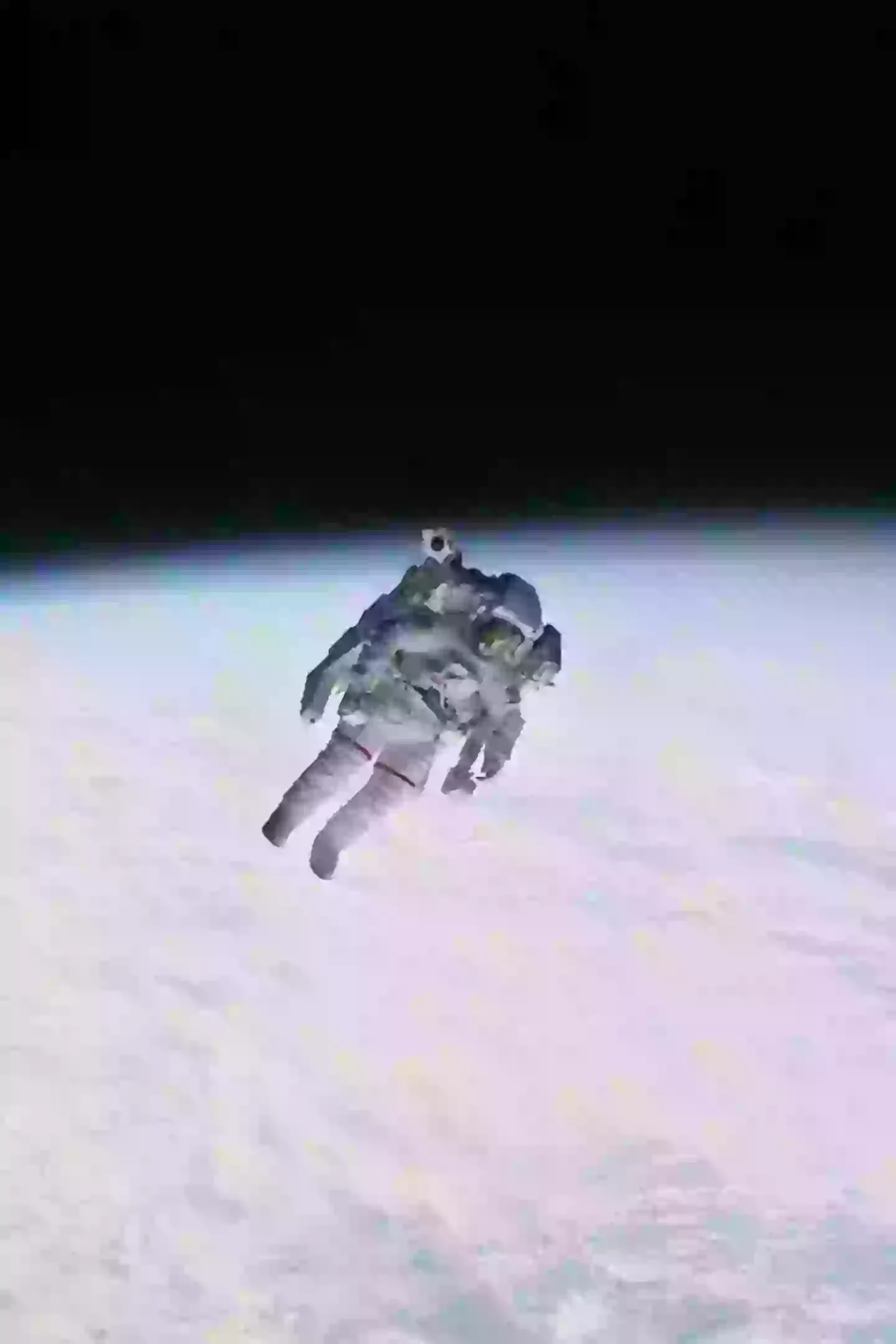The astronaut known for one of the ‘most terrifying photos’ captured in space shared insights on why it was such a chilling moment.
The late Bruce McCandless II discussed his groundbreaking mission before passing away, which included taking an especially eerie image.
The concept of space is intimidating to many, largely because it represents the farthest distance from our home planet, aside from concerns like ‘space junk’, potential alien megastructures, and mysterious formations outside the International Space Station.
However, one of the most nerve-wracking events in space has actually been documented on film.
In 1984, the then 47-year-old aviator participated in a Space Shuttle mission that aimed to deploy two communication satellites for the first time.
This mission also marked a significant milestone for NASA as the Boston-born astronaut became part of what was considered the ‘most terrifying space photo’ at the time, during the first untethered ‘spacewalk’.
Both McCandless and fellow astronaut Bob Stewart were equipped with Manned Maneuvering Units (MMUs), allowing them to leave the spacecraft’s safety.
The MMUs enabled them to navigate through open space without being tethered to the spacecraft, moving at a speed of around 28,900 kilometers per hour.
This allowed McCandless to ‘space walk’ for nearly seven hours.
The iconic image from the Challenger shuttle features McCandless floating freely above Earth, a sight that is unnerving even for those without astrophobia.

More than three decades after achieving the first untethered free flight in history, McCandless recounted to The Guardian that there were concerns within NASA regarding the mission.
“My wife was at mission control, and there was quite a bit of apprehension,” he revealed.
He mentioned it didn’t feel as frightening as it appeared, saying: “I wanted to say something similar to Neil [Armstrong] when he landed on the Moon, so I said, ‘It may have been a small step for Neil, but it’s a heck of a big leap for me.’ That loosened the tension a bit.”
McCandless noted that while he was informed about the silent vacuum of space, his peace was disrupted.

He humorously remarked that multiple people on his radio were bombarding him with questions, making it far from serene.
He added: “My walk lasted six hours 45 minutes, and I stayed alongside the shuttle the whole time, moving 100 yards one way, 100 yards back.
“I was travelling at more than 18,000 miles an hour, but wasn’t aware of it, because the shuttle was going at the same speed.
“It was only when I looked at the Earth that I could tell we were moving fairly rapidly.”
At one point, he flew over the Florida peninsula, finding it ‘reassuring’ to see a familiar sight below.
“It was a wonderful feeling, a mix of personal elation and professional pride: it had taken many years to get to that point.”
After spending over 312 hours in space, he retired from NASA in 1990 and later joined Lockheed Martin Space Systems.
McCandless passed away in 2017 at the age of 80 and was laid to rest at the United States Naval Academy Cemetery in Annapolis.

